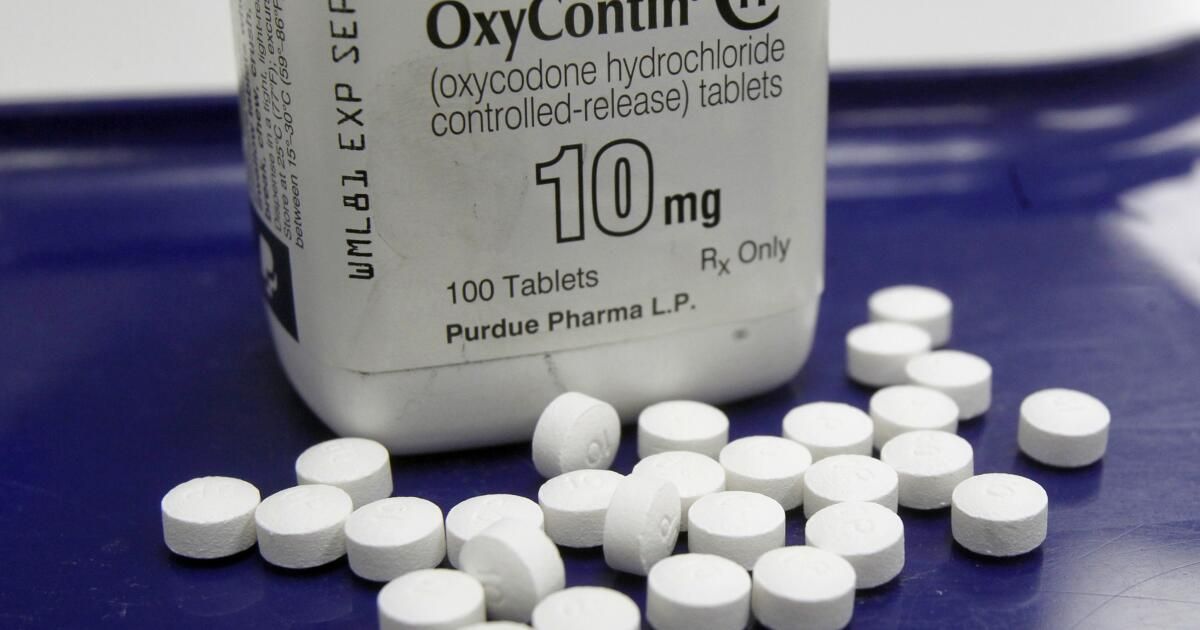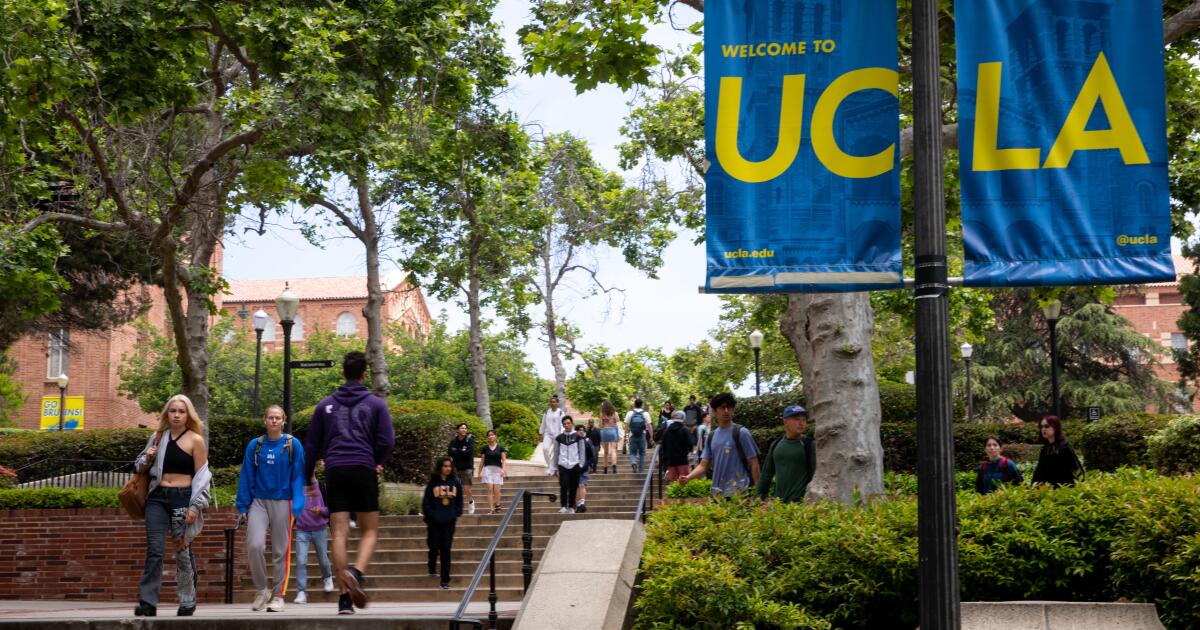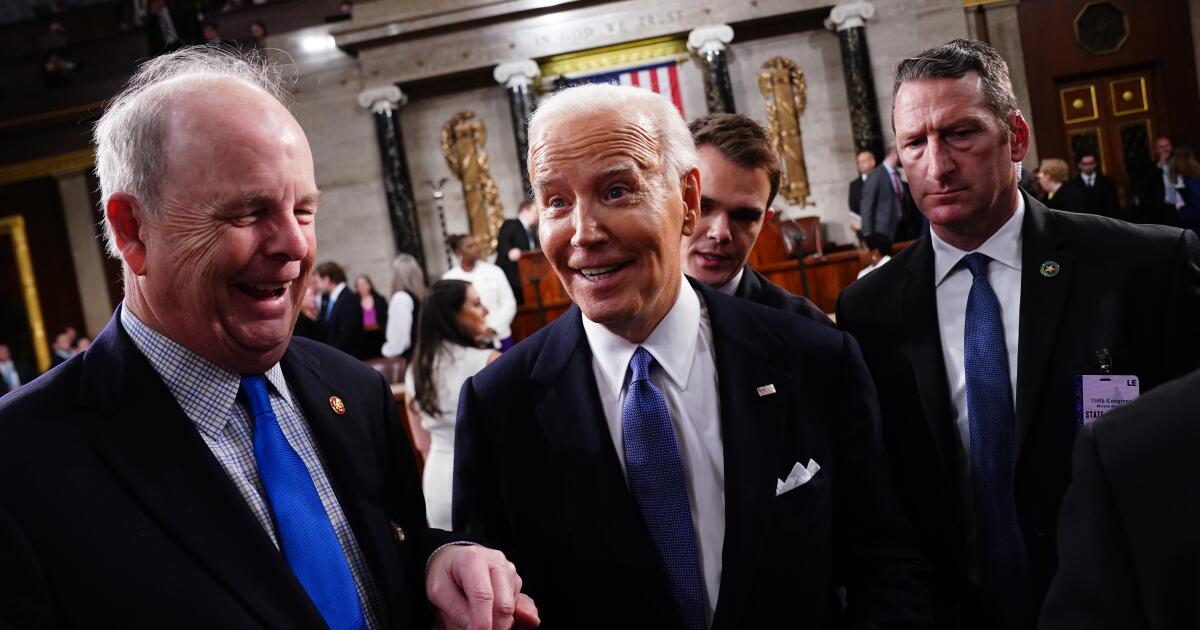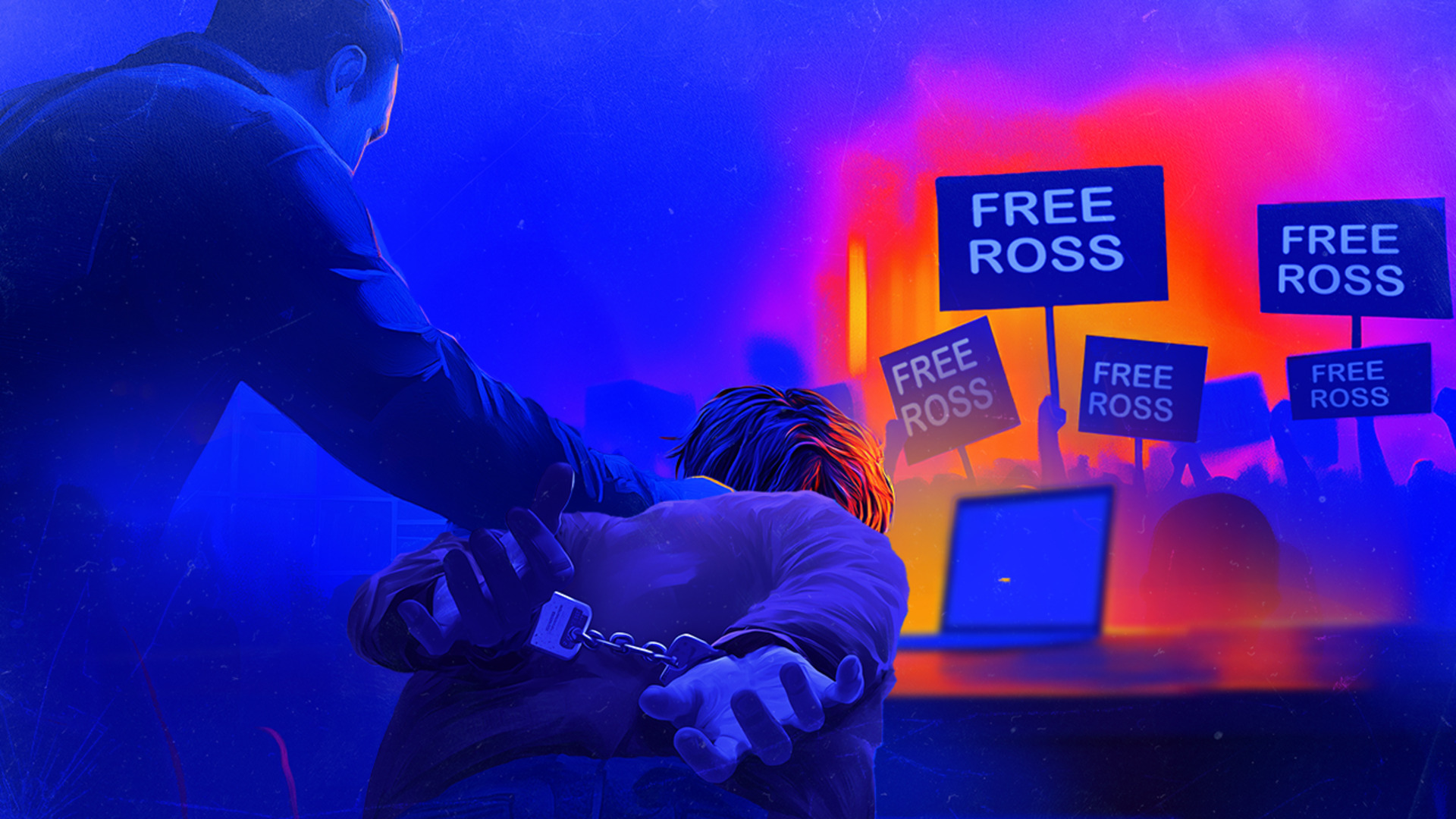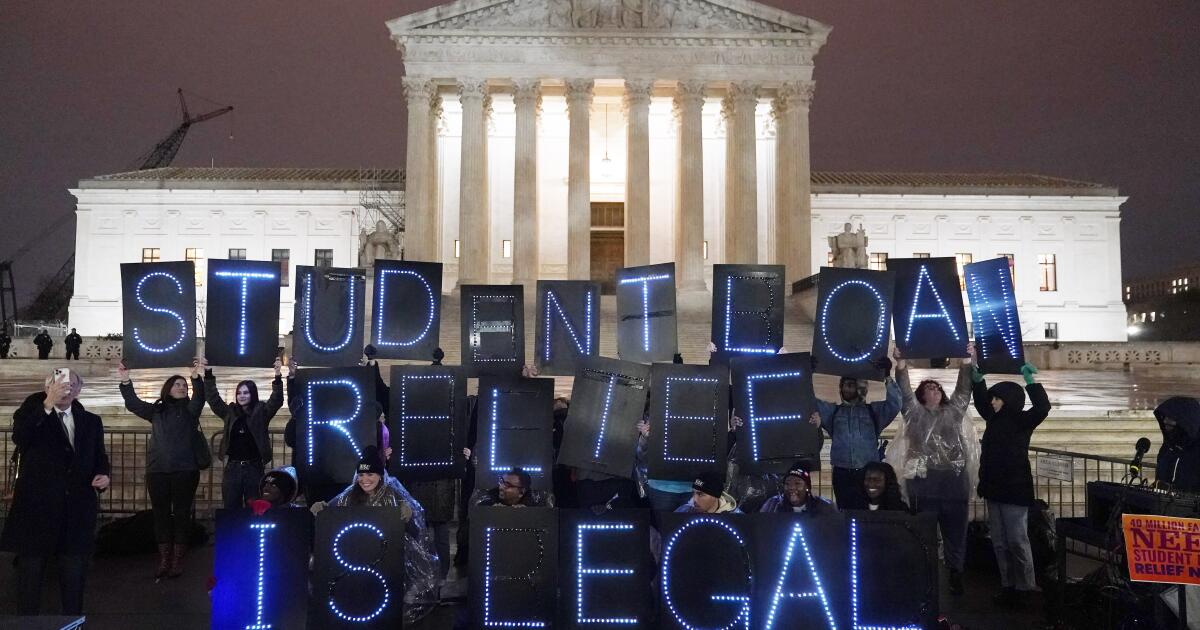The Supreme Court on Thursday rejected a massive settlement related to the country's opioid crisis that would have paid approximately $10 billion to victims, hospitals, states and others, and shielded the Sackler family from further liability.
By a 5-4 vote, the justices ruled that a bankruptcy judge does not have broad powers to organize a massive settlement of thousands of claims that includes protections for people who are not bankrupt.
The judges were divided in an unusual way. Justice Neil M. Gorsuch spoke for the majority, while Chief Justice John G. Roberts Jr. and Justices Sonia Sotomayor, Elena Kagan and Brett M. Kavanaugh dissented.
“Our only proper task is to interpret and apply the law as we find it; and nothing in current law authorizes Sackler's removal,” Gorsuch said.
“We only hold that the bankruptcy code does not authorize a waiver and court order that, as part of a Chapter 11 reorganization plan, effectively seeks to discharge claims against a non-debtor without the consent of the affected plaintiffs,” Gorsuch continued.
Justices Clarence Thomas, Samuel A. Alito Jr., Amy Coney Barrett and Ketanji Brown Jackson concurred.
“Today's decision is legally wrong and devastating for more than 100,000 opioid victims and their families,” Kavanaugh said in dissent. “The court's decision rewrites the text of the U.S. Bankruptcy Code and restricts the long-established authority of bankruptcy courts to create fair and equitable relief for victims of mass torts. As a result, opioid victims are now deprived of the substantial monetary recovery they long fought for and finally obtained after years of litigation.”
Gorsuch and Kavanaugh are both conservatives, but they often disagree. Gorsuch seems intent on following the law as he sees it, regardless of the consequences, while Kavanaugh tends to focus more on the practical impact of the court's decision.
The Sacklers, owners of the Purdue Pharma company, denied wrongdoing but agreed to contribute $6 billion to the settlement fund if they would be protected from future lawsuits.
The case has been closely watched not only by the opioid settlement but also by the use of bankruptcy laws to resolve other massive lawsuits involving the Boy Scouts of America and some Catholic dioceses.
Purdue Pharma filed for bankruptcy in 2019, facing thousands of lawsuits alleging that its marketing of OxyContin as a non-addictive pain pill had sparked an opioid epidemic that has caused more than half a million deaths since the mid-1990s. In the decade before the bankruptcy, the company had distributed about $11 billion to members of the Sackler family and their offshore accounts.
His lawyers argued that more than half of that amount was paid in taxes.
But the magnitude of the damage and liability for OxyContin was extraordinary. A bankruptcy court subsequently stayed new lawsuits, while pending lawsuits against Purdue Pharma and the Sacklers were estimated to seek more than $40 billion in total.
A coalition of creditors, including victims, hospitals, state and local governments and tribal nations, negotiated a settlement that was expected to pay about $10 billion. Most of the financing (about $6 billion) came from the Sacklers.
In 2021, a bankruptcy judge approved the deal, describing it as the “only reasonably conceivable way” to fairly resolve the massive lawsuits. Without the Sacklers’ money, he said, the company would be liquidated, leaving most creditors with nothing.
While more than 95% of creditors said they approved the deal, including all 50 states, the Biden administration's bankruptcy trustee opposed it. He did so because the agreement protected the Sacklers from any future liability.
In Harrington v. Purdue Pharma, the trustee argued that the Sacklers were not bankrupt and therefore could not take advantage of the shield provided by a bankruptcy agreement.
Last year, the Supreme Court put the agreement on hold to consider that argument.

